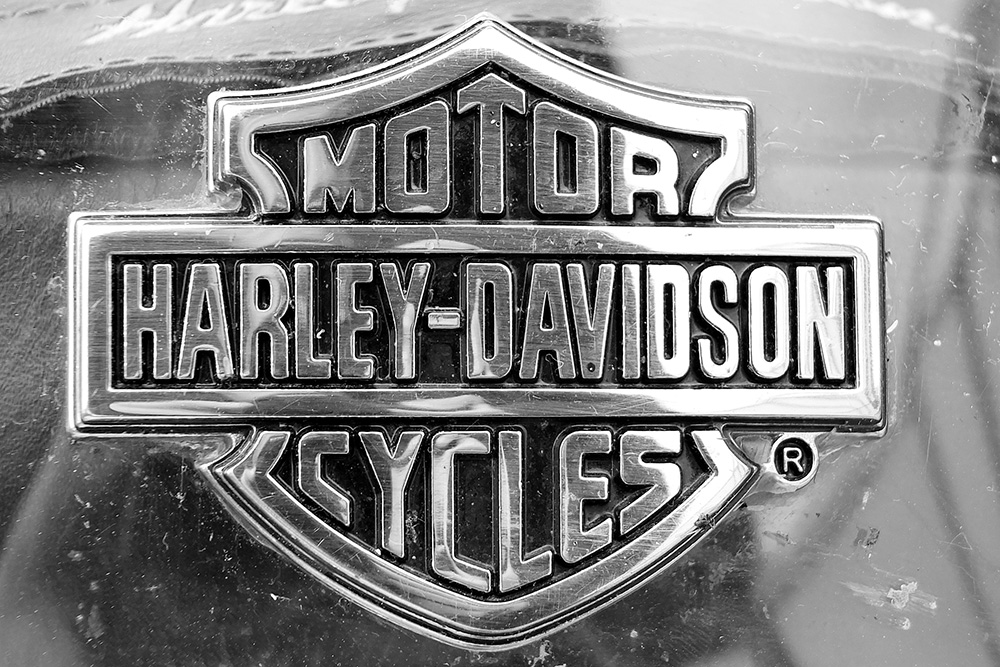The greatest investor of all time has made the bulk of his money buying dominant brands.
Warren Buffett’s incredible 70 years’ worth of stock market success has been built on taking big positions in household names.
Buffett’s biggest winners include American Express (NYSE: AXP), Coca-Cola (NYSE: KO) and, more recently, Apple (Nasdaq: AAPL).
These businesses’ brand strength protects them against competition and creates pricing power that allows for strong profit margins.
And most importantly, it helps these companies grow.
Their strong brands drive earnings growth for years and years. And over the long term, it is earnings growth that drives a company’s stock price.
With that in mind, Harley-Davidson (NYSE: HOG) sounds like a value investor’s dream! Its 120-year-old brand is iconic.
The company’s brand strength has created an incredibly loyal customer base and allows Harley-Davidson to charge a premium price for its motorcycles.
On top of that, the stock currently trades at a minuscule seven times earnings!
It sounds like a slam dunk, doesn’t it?
On the surface, yes. But after a little digging, not so much.
The Harley-Davidson business has stalled.
Literally.
Since 2006, the company has not been able to grow its sales at all.
In fact, Harley-Davidson’s revenue is actually down slightly from where it was 17 years ago.

The company’s bike sales reached a peak of 260,000 in 2006.
But since then, annual sales have steadily declined.
Last year, Harley-Davidson’s sales dropped to only 178,000 bikes.
Thank goodness the company has been able to raise prices, or else revenue would’ve dropped off a cliff!
And while the revenue story looks grim, the bottom line looks even worse.
Harley-Davidson’s net income is down about 29% since 2006.

That is a brutal disappointment for shareholders.
Based on that decline in net income, it is no surprise that Harley-Davidson’s share price has performed terribly since 2006.
While the S&P 500 is up 241%, shares of Harley-Davidson have lost more than half their value.

Going forward, I don’t think things are going to get any easier for the company.
In 1985, the average motorcycle buyer was 27 years old.
Today, the average buyer is over 50.
The company’s loyal customer base is getting old, and the next generation isn’t all that interested in the Harley-Davidson product.
The brand still has incredible strength, but it exists only within that customer group, which is aging out of motorcycle purchases.
Furthermore, the company has to deal with the world’s transition away from combustion engine vehicles.
That is a significant threat.
And Harley-Davidson’s LiveWire electric motorcycle is expected to deliver just 600 to 1,000 units this year and lose $115 million to $125 million.
It is impossible to predict how much success – if any – Harley-Davidson will have with this product.
Given that earnings have been in decline since 2006 and there is no reason to think that will change going forward, I don’t see any reason to buy shares of Harley-Davidson.
Even with the stock trading at just seven times earnings, The Value Meter rates Harley-Davidson as being “Slightly Overvalued.”

If you have a stock that you’d like to have rated by The Value Meter, leave the ticker symbol in the comments section.
